Tattoos are a beautiful way to express yourself, but they can also be a bit of a pain to take care of. One of the most important aspects of tattoo care is healing – and that’s where dry tattoo healing comes in. In this blog post, we’ll discuss what dry tattoo healing is, how it works, and the benefits you can expect. We’ll also offer you some advice on how to make the transition as simple and painless as possible for you, as well as any other helpful pointers!
What Is Tattoo Dry Healing?
Dry healing is the process of allowing a tattoo to heal without the use of ointments or lotions. This method is often used by those with sensitive skin, as it can help to reduce the risk of irritation and infection. Dry healing can also be beneficial for those who have busy lifestyles, as it allows the tattoo to heal quickly and easily. However, it is important to note that dry healing should only be used on clean, dry skin. Otherwise, you may experience excessive scabbing or even an infection. If you are unsure whether dry healing is right for you, speak to your tattoo artist or doctor before beginning the process. [1]
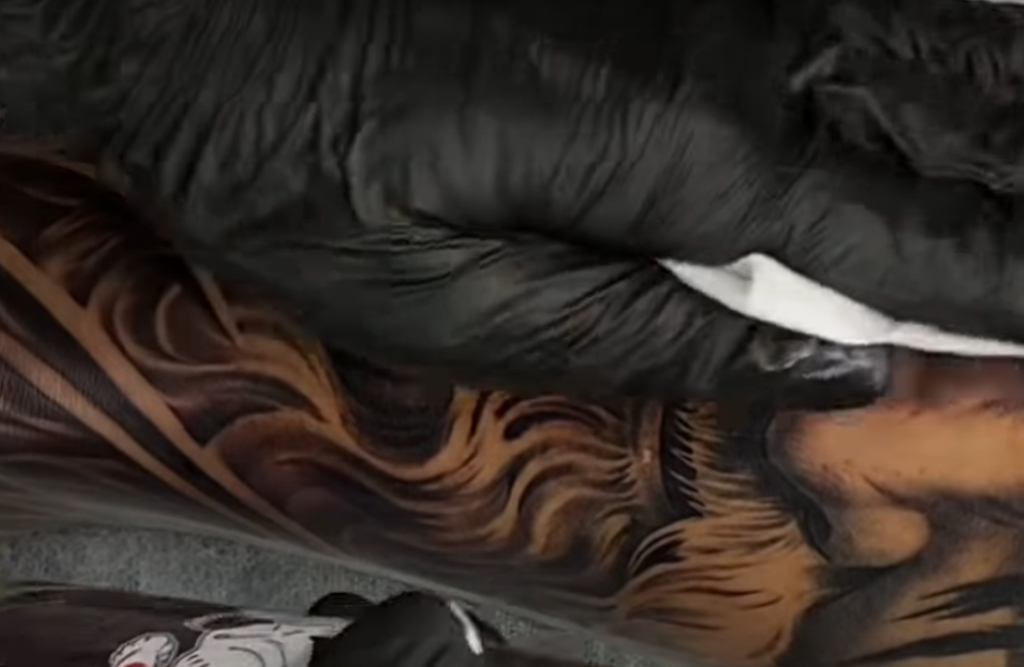
To dry heal a tattoo, simply leave the area uncovered and allow it to air out. You may also choose to cover the tattoo with a bandage for the first few days, but this is not necessary. Once the tattoo has scabbed over, you can begin to gently wash it with soap and water. Avoid using any harsh chemicals or scrubbing the area too vigorously, as this can damage the skin and slow down the healing process. Remember to pat the tattoo dry after washing, and then allow it to air dry completely before applying any ointments or lotions. If you experience any redness, swelling, or other irritation, speak to your doctor or tattoo artist immediately. With proper care, your tattoo should heal quickly and easily!
Why Take The Dry Healing Approach?
There are several reasons why you might want to take the dry healing approach to your tattoo. For one, it can speed up the overall healing process. It can also help to reduce the risk of infection and other complications. Finally, it can give you a better chance of having a beautiful, long-lasting tattoo that you’ll be proud of for years to come.
Are There Any Pros of Dry Healing A Tattoo?
You Have Sensitive Skin
If you have sensitive skin, dry healing may be the better option for you. This is because it will allow your tattoo to heal without any irritation.
You’re Trying to Heal a Large Tattoo
If you’re trying to heal a large tattoo, dry healing may help speed up the process.
You Want To Save Money
Dry healing your tattoo can also save you money. This is because you won’t have to buy any ointments or lotions to help it heal.
You Think It Helps the Tattoo Heal Faster
Some people believe that dry healing helps the tattoo heal faster. Unfortunately, there is no scientific evidence to back up this assertion.
Are There Any Disadvantages To Dry Healing A Tattoo?
Deep Scabbing
If you allow your tattoo to form deep scabs, you run the risk of damaging the tattoo when the scabs eventually fall off. This can happen if you pick at the scabs or if they catch on something and tear off. Deep scabbing can also lead to scarring.
Pigment Loss
Dry healing a tattoo can also cause pigment loss. This is because the skin isn’t able to properly absorb the ink when it’s dry. Pigment loss is more likely to occur with certain colors of ink, such as white and yellow. [2]
Infection Exposure
If you’re not careful, dry healing a tattoo can also expose it to bacteria and other contaminants that can cause an infection.
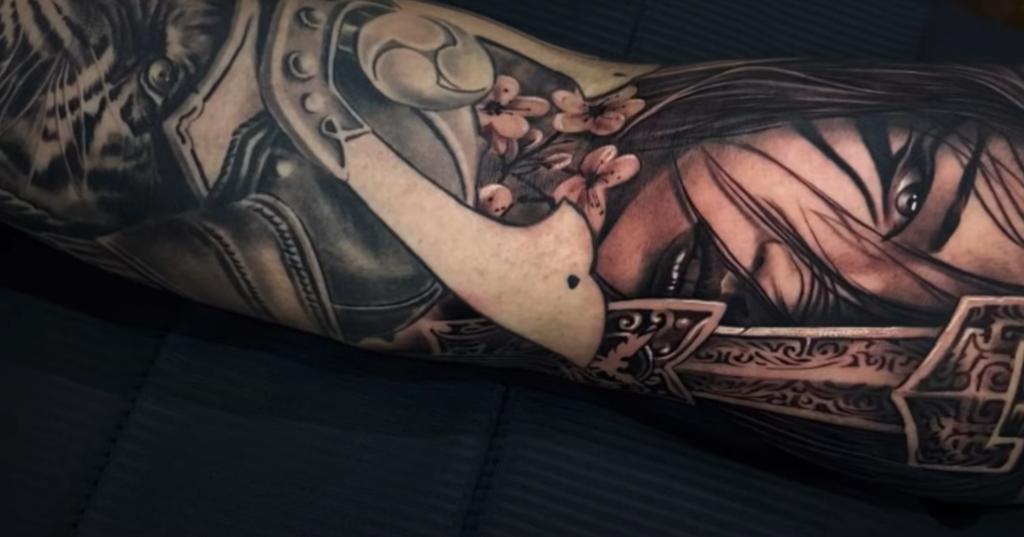
This is why it’s so important to keep the area clean and covered.
Itchiness And Irritation
Dry tattoo healing can be pretty itchy and irritating. You might find yourself wanting to scratch the tattooed area, but resist the urge! Scratching can damage the skin and cause scabbing, which will make the tattoo look bad. Instead, try using a cold compress or lotion to soothe the itchiness. If you experience any redness, swelling, or other unusual symptoms, contact your doctor or tattoo artist immediately. These could be signs of an infection.
It May Extend The Healing Time
Dry tattoo healing is a method of healing that some tattoo artists recommend. It involves keeping the tattooed area dry for the first few days after getting inked. This means no lotion, no water, and no soaking in the tub. Proponents of dry healing believe it helps to prevent infection and speeds up the healing process.
Tips For A Good Dry Healing Process
Dry tattoo healing is when the top layer of skin begins to heal and peel off, revealing the new tattoo beneath. It usually takes about two weeks for the healing process to be complete. Here are some tips to help you through your dry tattoo healing:
- Keep the area clean by washing it with a mild soap and warm water twice a day. Gently pat it dry afterwards.
- Apply a thin layer of unscented lotion or ointment to keep the area moisturized. Do this three to four times a day, or as needed.
- Avoid picking at or scratching the scabs, as this can cause infection or damage the tattoo underneath.
- Stay out of direct sunlight, as this can cause the tattoo to fade.
- If you experience any redness, swelling, or other irritation, contact your doctor or tattoo artist immediately.
Following these tips will help you heal your dry tattoo quickly and without complications. Have patience and be gentle with yourself, and you’ll be enjoying your new ink in no time!
Dry Healing Vs. Wrap Healing
Dry healing is the process of allowing your tattoo to air out and heal without the use of any ointments or lotions.
There are pros and cons to both dry and wrap healing. Dry healing tends to be quicker and less painful, but it can also lead to scabbing and increased risk of infection. Wrap healing takes longer, but it helps to keep the area clean and moist, which reduces scabbing and scarring.
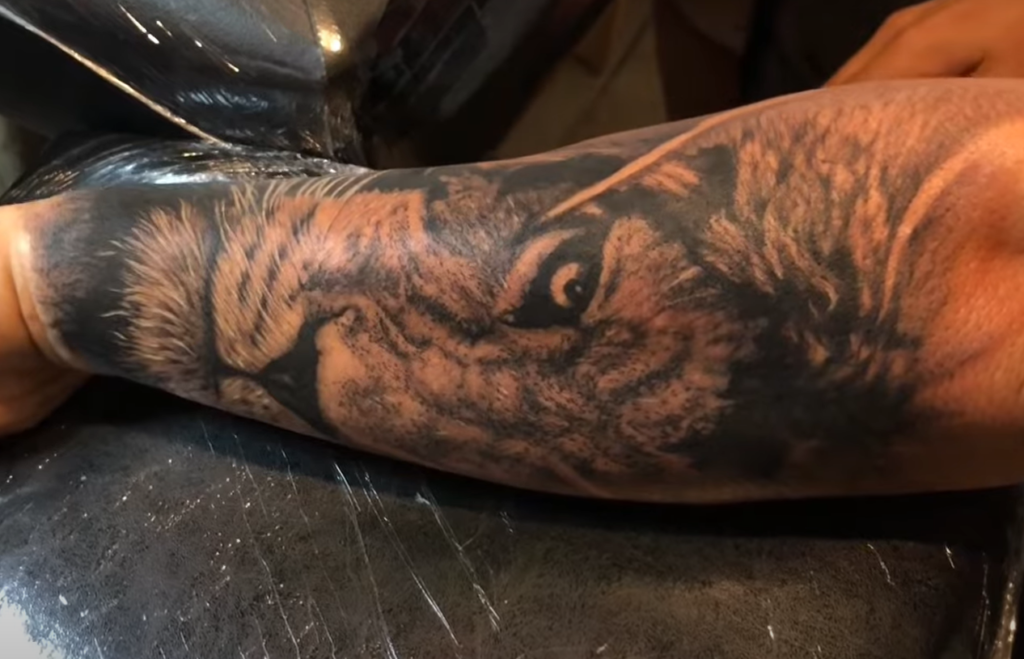
Which method you choose is up to you, but be sure to discuss it with your artist before getting inked! [3]
Tattoo Aftercare Is Important
No matter what type of tattoo you get, or where you get it, the healing process is always going to be important. After all, a tattoo is essentially a wound, and like any other wound, it needs to be treated properly in order to heal correctly.
Some people find that their tattoos heal better with some moisture, so they opt for lotions or ointments. It really just depends on your personal preference and what works best for you.
If you do decide to go the dry healing route, there are a few things you need to keep in mind. First of all, it’s important that you let your tattoo air out as much as possible. This means keeping it uncovered for the majority of the day and only covering it up when absolutely necessary.
This means gently washing it with soap and water a few times a day. It’s also important to avoid using any harsh chemicals or scrubbing at the tattoo too vigorously, as this can cause irritation.Overall, dry healing is a perfectly safe and effective way to heal a tattoo. Just make sure that you’re following the proper steps and giving your tattoo the care it needs.
If you treat your dry healing tattoo correctly, it will heal beautifully! Just remember to keep it clean and moisturized, and avoid any harsh chemicals or scrubbing. With a little TLC, your new tattoo will be perfect in no time! [4]
Always Take Your Artist’s Advice First
Your tattoo artist knows what they’re doing. They’ve seen it all before and they know the ins and outs of the healing process. So, if they give you specific instructions on how to care for your new tattoo, be sure to follow them!
One of the most important things to remember is to keep your new tattoo clean. This means washing it with a mild soap (like unscented Dove or Cetaphil) and warm water. Do this at least twice a day, more if you can. You should also avoid soaking your tattoo in water for long periods of time (think: baths, pools, hot tubs). And resist the urge to pick at any scabs that may form.
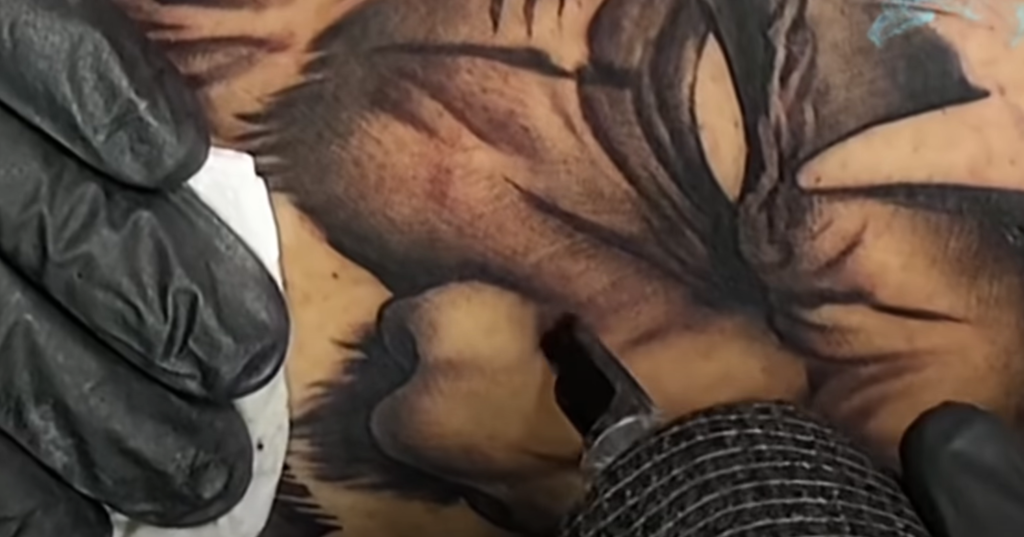
In general, it takes about two to four weeks for a tattoo to heal completely. But this can vary depending on a number of factors, including where the tattoo is located on your body and how well you take care of it during the healing process.
And don’t forget to enjoy your new ink! It’s supposed to be fun!FAQ
What is a dry tattoo?
A dry tattoo is a tattoo that has not been submerged in water during the healing process. This means no showers, baths, swimming, sweating, etc. for at least the first week or until your artist tells you it’s okay.
Why would I want to do a dry heal?
There are a few reasons why people choose to do a dry heal. The main reason is that it can speed up the healing process by a day or two. It also helps to keep the tattoo from getting too waterlogged, which can lead to fading and blurred lines.
How do I know if my tattoo is healed?
Your tattoo is fully healed when it is no longer red or scabby and feels like your regular skin.
How long does it take for a tattoo to heal?
Most tattoos will take about two weeks to heal, but some may take longer.
What are the risks of dry healing?
The main risk of dry healing is that it can lead to infection if not done properly. Make sure you clean your tattoo regularly and keep it covered when you’re not cleaning it to avoid any bacteria getting in. If you have any other questions about dry healing, feel free to ask your artist or doctor. And remember, always listen to your body! If something doesn’t feel right, don’t hesitate to call your artist or doctor. Better safe than sorry!
Does dry tattoo take longer to heal?
The short answer is no, dry tattoo healing does not take longer than other methods. In fact, many people find that their tattoos heal faster and better when using this method. Dry tattooing essentially helps the skin to retain its natural moisture, which in turn speeds up the healing process.
What happens if you don’t moisturize a tattoo?
If you don’t moisturize a tattoo, it will start to peel and flake. The tattoo will also become more susceptible to infection. So, it’s important to keep the tattoo moisturized during the healing process. There are a few different ways to do this. You can use a moisture-rich lotion, or you can apply a thin layer of petroleum jelly to the tattoo. Whichever method you choose, make sure you’re gentle with the tattoo as it heals.
Will my tattoo fade if I don’t moisturize it?
No, your tattoo will not fade if you don’t moisturize it. However, if you want to keep your tattoo looking its best for as long as possible, it is important to take care of it during the healing process.
Should I let my tattoo dry out and peel?
This is a common question we get asked here at the studio, and unfortunately, there is no one-size-fits-all answer. While some tattoo artists recommend letting your tattoo dry out and peel, others say that keeping it moist is the way to go. So, what’s the best course of action? The truth is, it really depends on your individual healing process. Some people heal better when they let their tattoos dry out, while others find that keeping them moist helps speed up the healing process. If you’re unsure about what to do, we recommend talking to your tattoo artist or doctor for guidance. They’ll be able to give you personalized advice based on your individual healing process. One thing to keep in mind is that, regardless of which healing method you choose, it’s important to clean your tattoo regularly. This will help prevent infection and ensure that your tattoo heals properly.
Useful Video: Should You Dry Heal Your Tattoo?
Conclusion
Dry tattoo healing is a new method of tattoo aftercare that is becoming increasingly popular among tattoo artists and collectors alike. This method involves leaving the tattooed area dry and uncovered for the entirety of the healing process, allowing the skin to breathe and heal naturally. While this may sound counterintuitive, dry healing has been shown to speed up the overall healing process and decrease the risk of infection. If you’re considering dry healing your next tattoo, be sure to consult with your artist beforehand to ensure that it’s right for you.
Thanks for reading!
References:
- https://www.healthline.com/health/dry-healing-tattoo
- https://authoritytattoo.com/dry-healing-tattoo/
- https://truebluetattoos.co.za/dry-healing-versus-wrap-healing/
- https://www.webmd.com/skin-problems-and-treatments/taking-care-of-your-tattoo


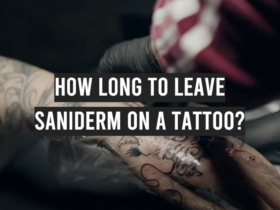
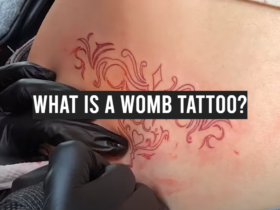
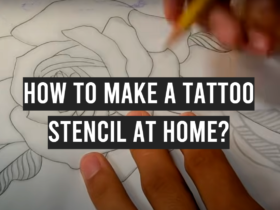
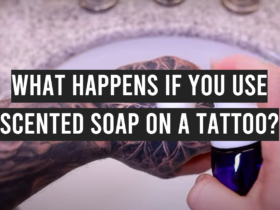
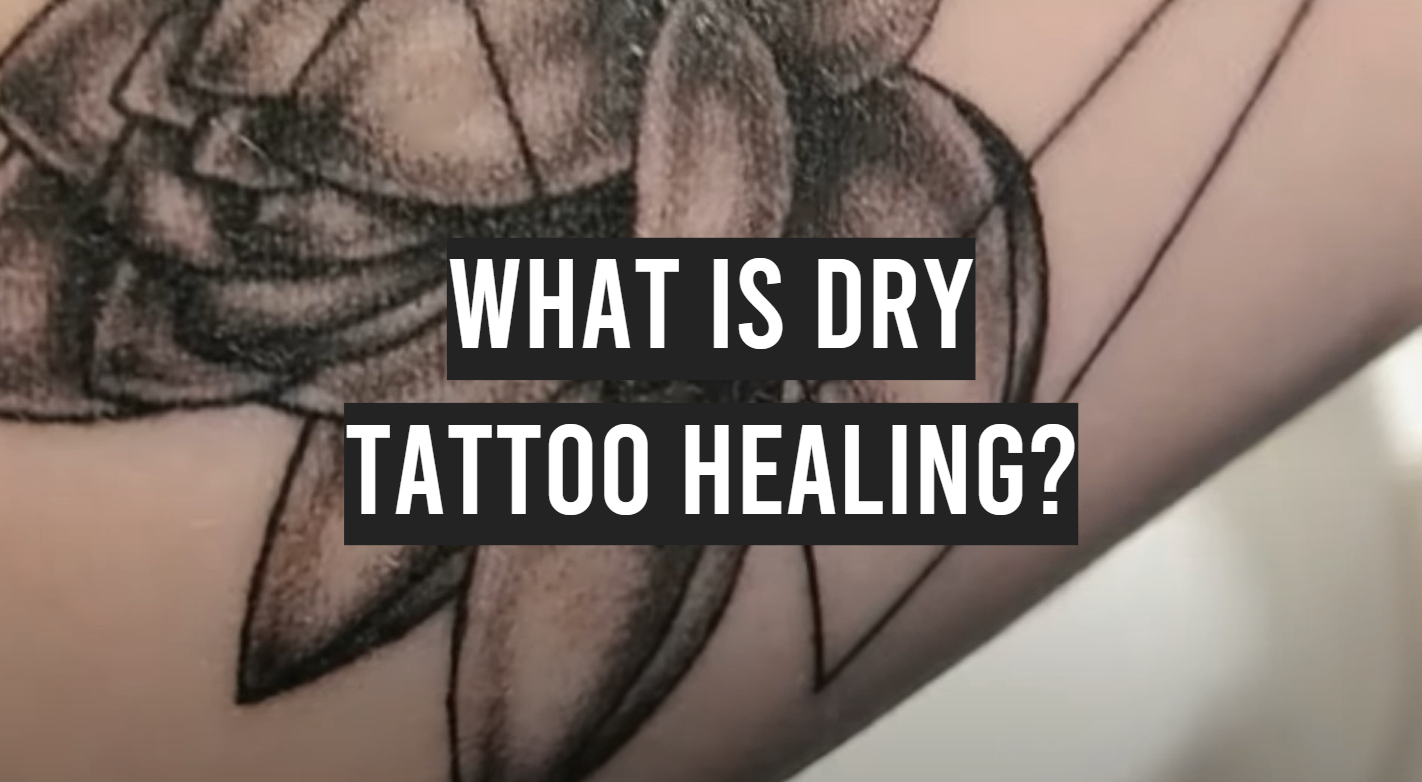

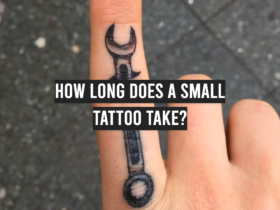
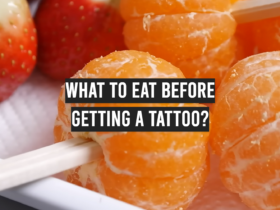
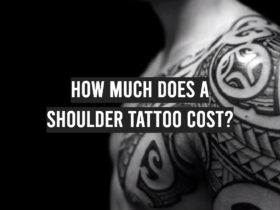
Leave a Review